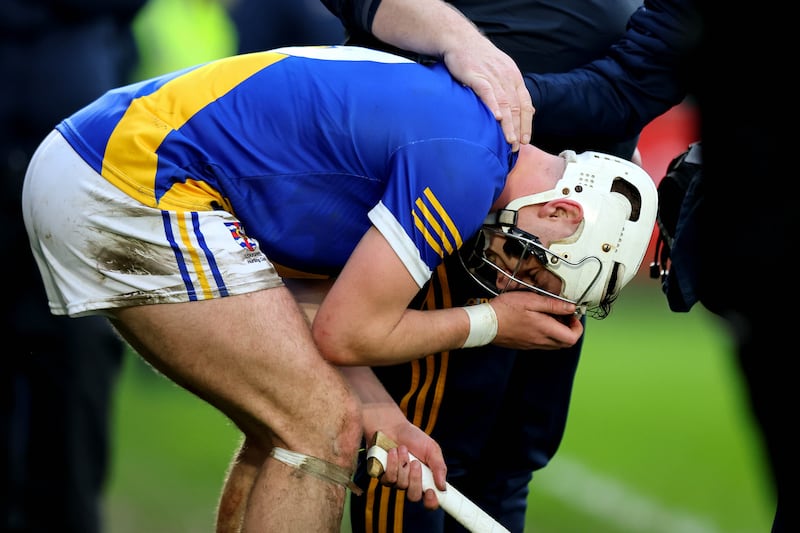There’s little as tiresome as someone who pompously explains the Latin or Greek root of a word in the service of some bogus point: usually, that people aren’t using the word in its original sense and therefore don’t know what they are talking about.
Naughty used to mean poor. Nice used to mean ignorant. Awful used to mean the same as awesome. Now awesome doesn’t mean awesome.
All this is interesting from an etymological point of view, but it has little significance beyond that. Words, as symbols of meaning, morph over time because language is a dynamic system, vulnerable to social and political shifts, fads and misinterpretations.
I used to get irked by people mixing up ‘disinterested’ and ‘uninterested’, but the mob has beaten me: dictionaries have begun to accept that the two words can mean the same thing.
Similarly, other symbols can change their meaning, or never quite manage what was intended for them. The Irish tricolour was designed as a symbol of togetherness: the orange and green representing the two traditions on this island with the white standing for peace between them.
A laudable notion, but was it ever construed as such? If you live in Belfast and hang a tricolour out your window, your Unionist neighbour is unlikely to view it as a friendly overture.
The Troubles
Even in the Republic, we've had a sometimes-uncomfortable relationship with our national flag. During the height of the Troubles, when one of the main professions in the North was doing Gerry Adams impersonations for the BBC and ITN, the tricolour came to be regarded with suspicion, even fear. It was grand outside Government Buildings, but stick it on a tee-shirt or in a pub window and it was often assumed the wearer or the pub owner was a fellow traveller of the Provos.
What was supposed to be a symbol of this State was usurped by people with a particular point of view. More precisely, large sections of middle-class, middle Ireland quietly avoided it. They pretended to be uninterested.
But the English solved this problem for us. Or one disinterested English person: Jack Charlton. (See what I did there?) Once Euro '88 and Italia '90 fever swept through the country like a smallpox epidemic, the flag was reclaimed. Seeing the flag in public places implied support for the football team, for the fans – the best fans in the world, of course – and thus became a source of pride again.
The football excitement has since died down, the flag has become less ubiquitous and once again the tricolour's meaning is up for grabs. More lately, it's appearing on social media where it's being used by some (but not all, so don't get annoyed) as a method of declaring their 'Irishness' and their desire to protect it: specifically from Muslim immigrants, who of course are flooding into this country with the sole aim of taking away our ancient, God-given Irish rights to drink Carlsberg, shop in M&S and support Manchester United.
Change
Language changes, symbols change, countries change. When Thomas Francis Meagher unveiled the flag in 1848, Ireland was a different place to the one it is now, with very different preoccupations. The tension between green and orange is yet to be solved, but is that all modern Ireland is about?
Might it be time to consider changing our flag? The idea was mooted in New Zealand a couple of years back and rejected by the electorate. But even the proposition might bring us to consider what kind of country we live in, what kind of country we would like to live in, and how to represent it to ourselves.

















